The AOC AGON AG322QCX is a subtle and stylish design. But it's impossible to avoid the fact that this is a large screen.
Aside from the power brick and cables, you get one each HDMI and DisplayPort. There's also a minijack cable for analog audio input, a USB upstream cable for plugging in the hub, and the OSD control puck.
Some of the AOC AGON screens blend colour and black quite extensively in their design, but the AG322QCX's combination of black and silver is more subtle.
The clear perspex along the bottom edges lights up red when the monitor is on. You can choose other colours, but more of that when we look at the OSD controls later in this article.
The adjustments let you swivel the screen 30 degrees left or right, tilt 5.5 degrees forward or 28 degrees backward, and raise or lower the height by 110mm. This is plenty to be able to ensure the screen is at the most comfortable physical orientation. The curvature is reasonably curvy, with a 1800R rating.
There really are quite a lot of ports on the back of this screen. Starting from the left, there are the microphone input and headphone output, which might have been more conveniently placed on the side of the screen. Likewise, the USB 3.0 (or should that be USB 3.1 Gen 1?) connections, plus the input for the USB. The latter uses the Micro-B 10-in type so that USB 3.0 performance can be supported. The yellow USB 3.0 plug denotes that it can charge devices when the system and screen are otherwise off.
In the next section, two HDMI 2.0 connections sit next to two DisplayPort 1.2 inputs, then VGA. Line and microphone minijacks are next, plus a mini USB port that is exclusively for the external OSD control puck. Finally, the power input completes the lengthy line.
Also on the rear is the fold-down bracket for hanging your headphones on.
There is a joystick on the bottom centre of the AG322QCX's bezel, but there's a much better option for controlling the OSD. We particularly like the QuickSwitch puck that AOC supplies with some of its premium monitors. The top arrow buttons let you cycle between the various presets, and the numbered buttons call up the three user-configurable options. But best of all the menu and arrow buttons together make it easy to change menu settings without having to reach around the screen in an awkward fashion.
 KitGuru KitGuru.net – Tech News | Hardware News | Hardware Reviews | IOS | Mobile | Gaming | Graphics Cards
KitGuru KitGuru.net – Tech News | Hardware News | Hardware Reviews | IOS | Mobile | Gaming | Graphics Cards


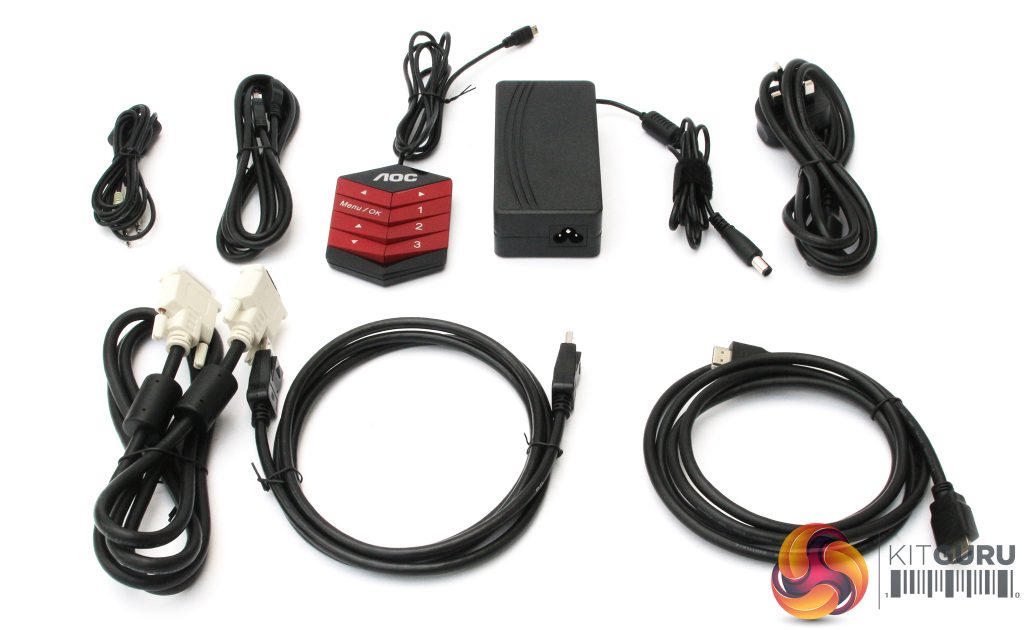
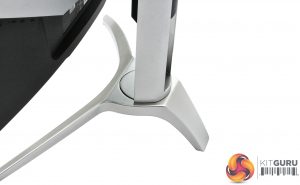
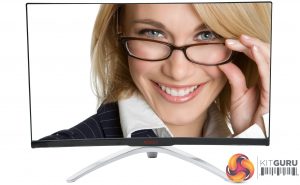
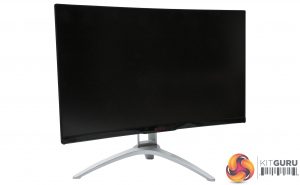
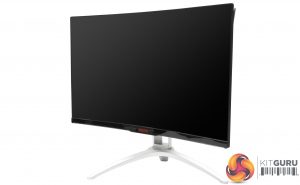
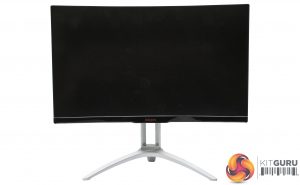
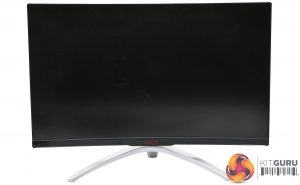
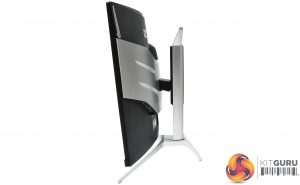
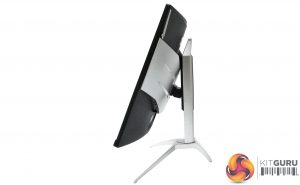
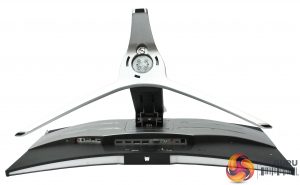
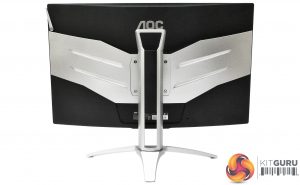
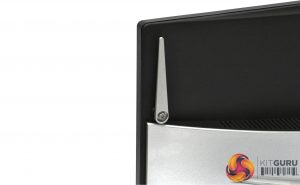
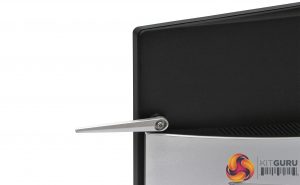
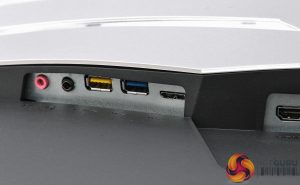

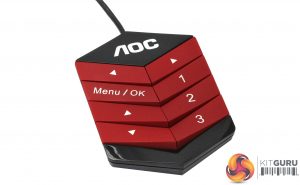
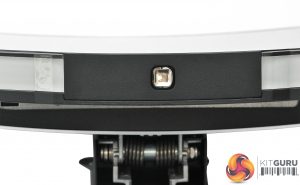

Don’t understand why all the new “gaming” monitors are with freesync as most gamers have NVidia cards
freesync is cheaper than gsync and all ppl haven’t the money to pay 100/150$ more on a monitor for gsync
coz freesync is free and it’s included in the display port/hdmi 2.0 hardware while gsync costs money, needs additional hardfware (hence more power) and it’s exactly the same as freesync.